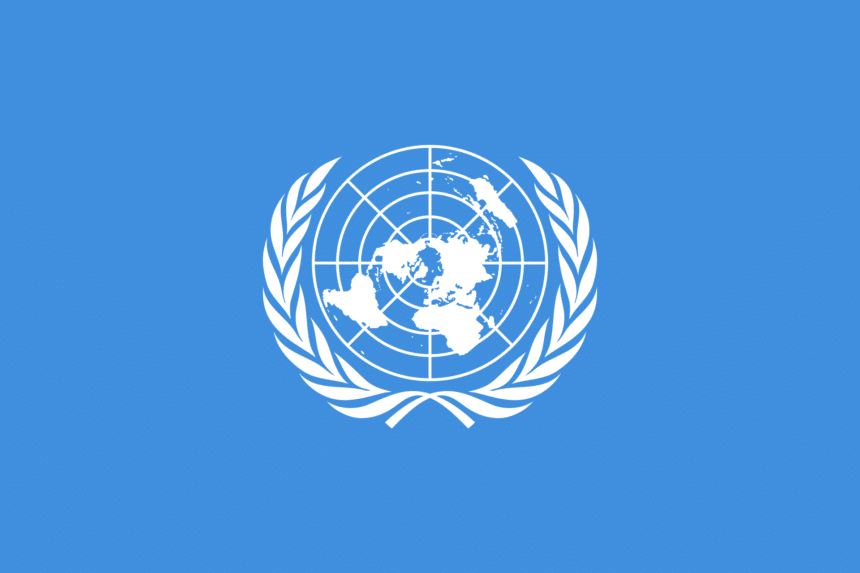ROSEMARY A. DICARLO, Under-Secretary-General for Political and Peacebuilding Affairs, noted that the tensions that have engulfed multiple countries in the Middle East continue to rise, with near daily incidents in the region since mid-October 2023 — including some 165 attacks on United States facilities in Syria and Iraq, prompting American strikes in the two countries. Then, on 28 January, a drone attack killed three United States service members and injured 40 in north-east Jordan. She recalled that on 2 February, United States Central Command said it had carried out 85 air strikes in Iraq and Syria against reported Iranian Islamic Revolutionary Guards Corps Quds Forces and affiliated groups. Syria and Iraq condemned those strikes, she noted, claiming they had resulted in deaths and injured civilians, while the United States said it had targeted command and control operations, intelligence centres and weapons facilities and was not seeking conflict in the Middle East or elsewhere.
While Baghdad has continued to repeat its commitment to protecting United States and coalition forces inside Iraq, some armed factions linked to the “Islamic Resistance in Iraq” have pledged to continue their attacks against United States and coalition forces in the region. She further noted that the Israeli Defense Forces (IDF) and Hizbullah have exchanged fire across the Blue Line on an almost daily basis since 8 October. Ongoing Houthi drone and missile attacks and threats to navigation in the Red Sea are deeply worrying and risk both exacerbating the conflict and further impacting international trade. Recalling that since 11 January, the United States and the United Kingdom, with the backing of six other Member States, have launched strikes on Houthi positions in Yemen, she reiterated the Secretary-General’s call on all parties to step back from the brink.
China’s population is about to shrink for the first time since the great famine struck 60 years ago
She noted that it has been nearly five months since more than 1,200 Israelis were killed in the attacks by Hamas, with over 250 people taken hostage — a period of heartache and anguish for Israelis — echoing the Secretary-General’s call for their immediate and unconditional release. She further emphasized that the past five months have also been heartbreaking and catastrophic for Palestinian civilians in Gaza, where “hunger is rampant, disease is spreading and shelter is squalid at best for a vast number of people”. The death toll in the Gaza Strip is reported to have surpassed 27,000, with thousands more reported missing. The civilian population of Gaza should not pay for the terror unleashed by Hamas, she stated, reiterating the Secretary-General’s call for an immediate humanitarian ceasefire in Gaza.
She affirmed that the risk of escalation in the Middle East, and its potential consequences, was obvious from 7 October, as a quick survey of the agenda of the Council explains why: the United Nations is supporting political and peace processes throughout the region, in countries emerging, or still suffering, from armed conflict. Long-term regional stability demands the implementation of a clear political road map in each situation, while the Secretary-General continues his extensive outreach to all key stakeholders to urge all parties to take concrete measures to de-escalate tensions and to work towards sustainable political solutions that aim to resolve, rather than merely manage, long-standing conflicts. She appealed to the Council to continue to actively engage all concerned parties to prevent further escalation and the worsening of tensions that undermine regional peace and security.

